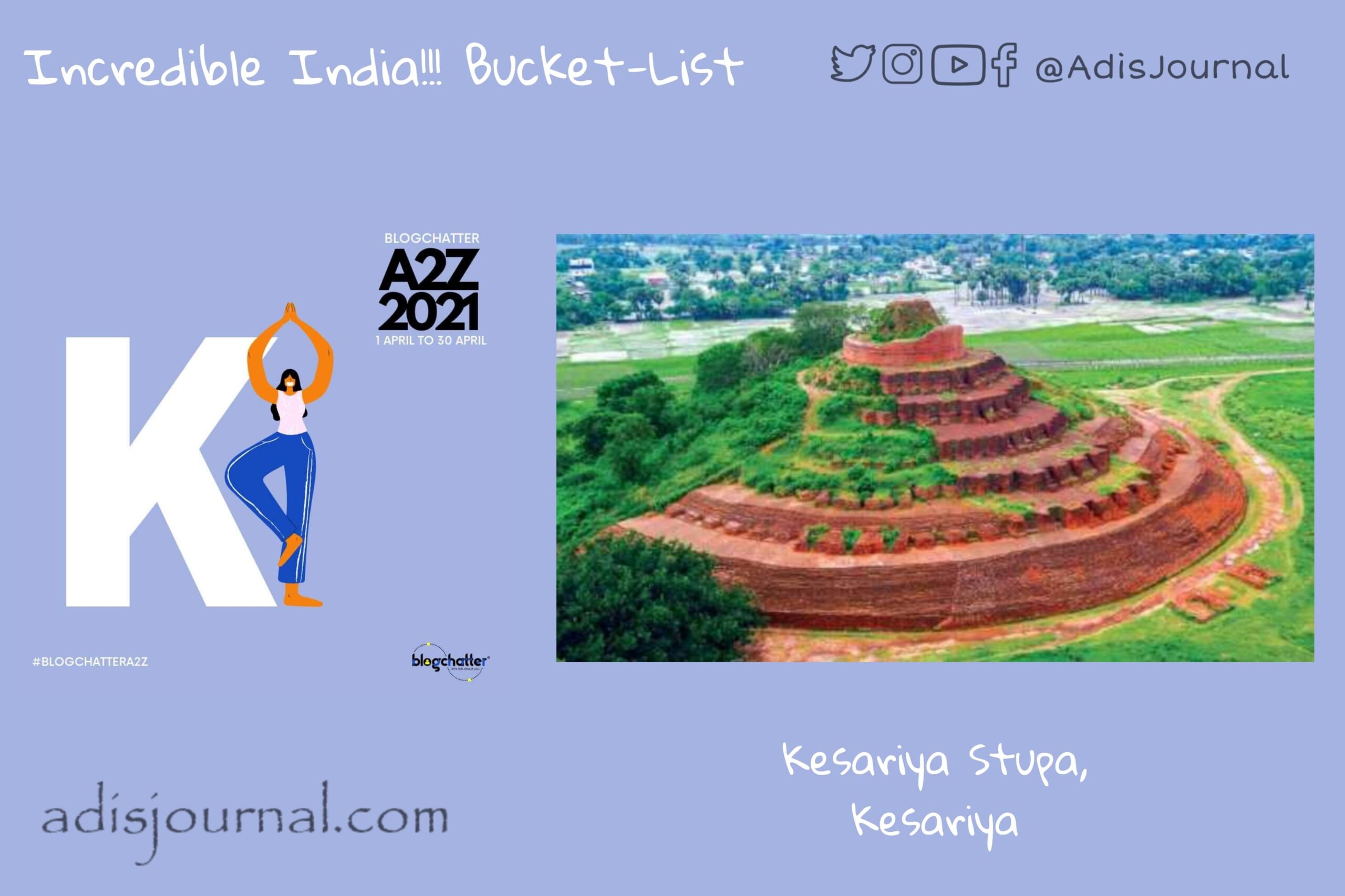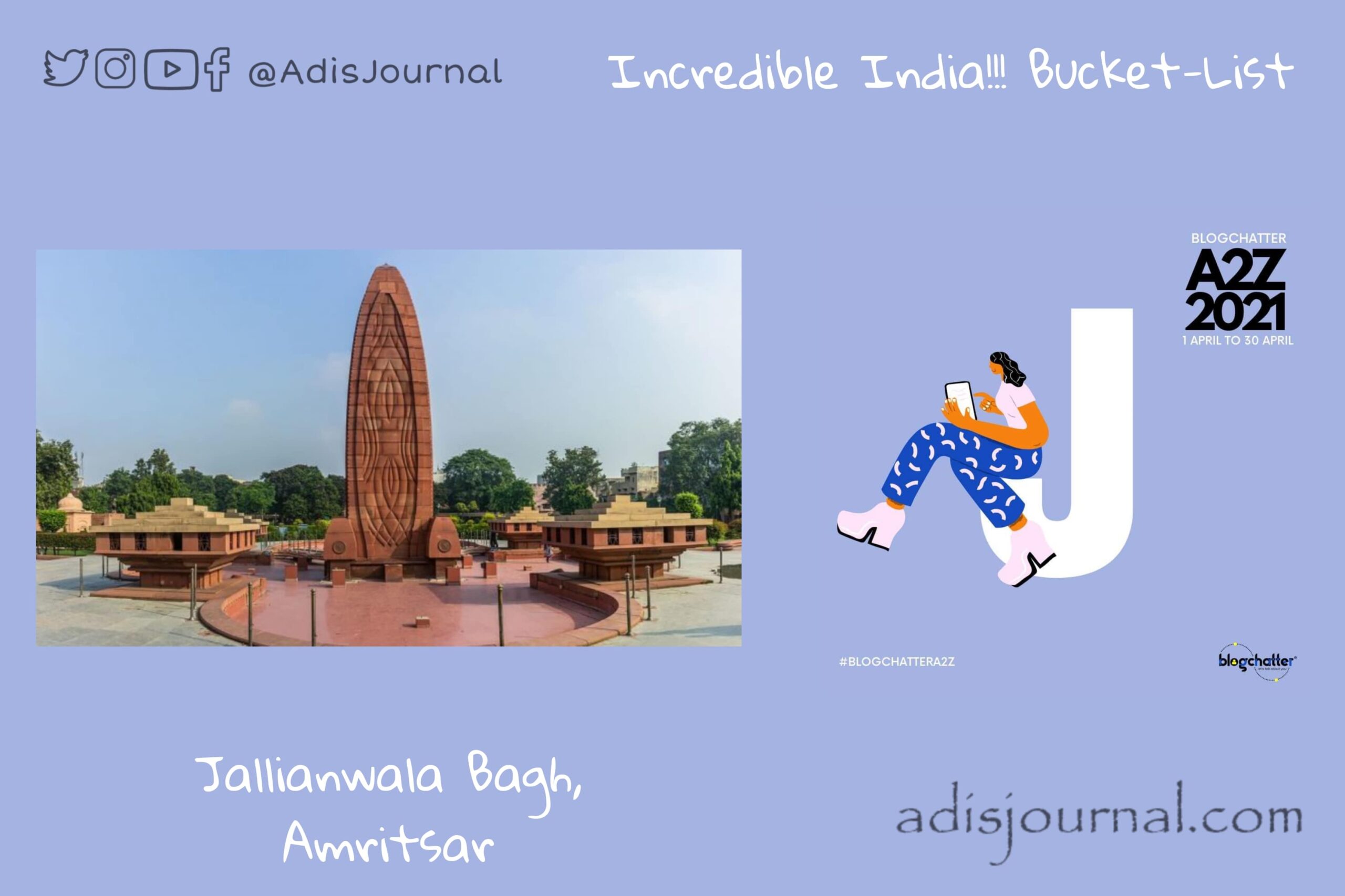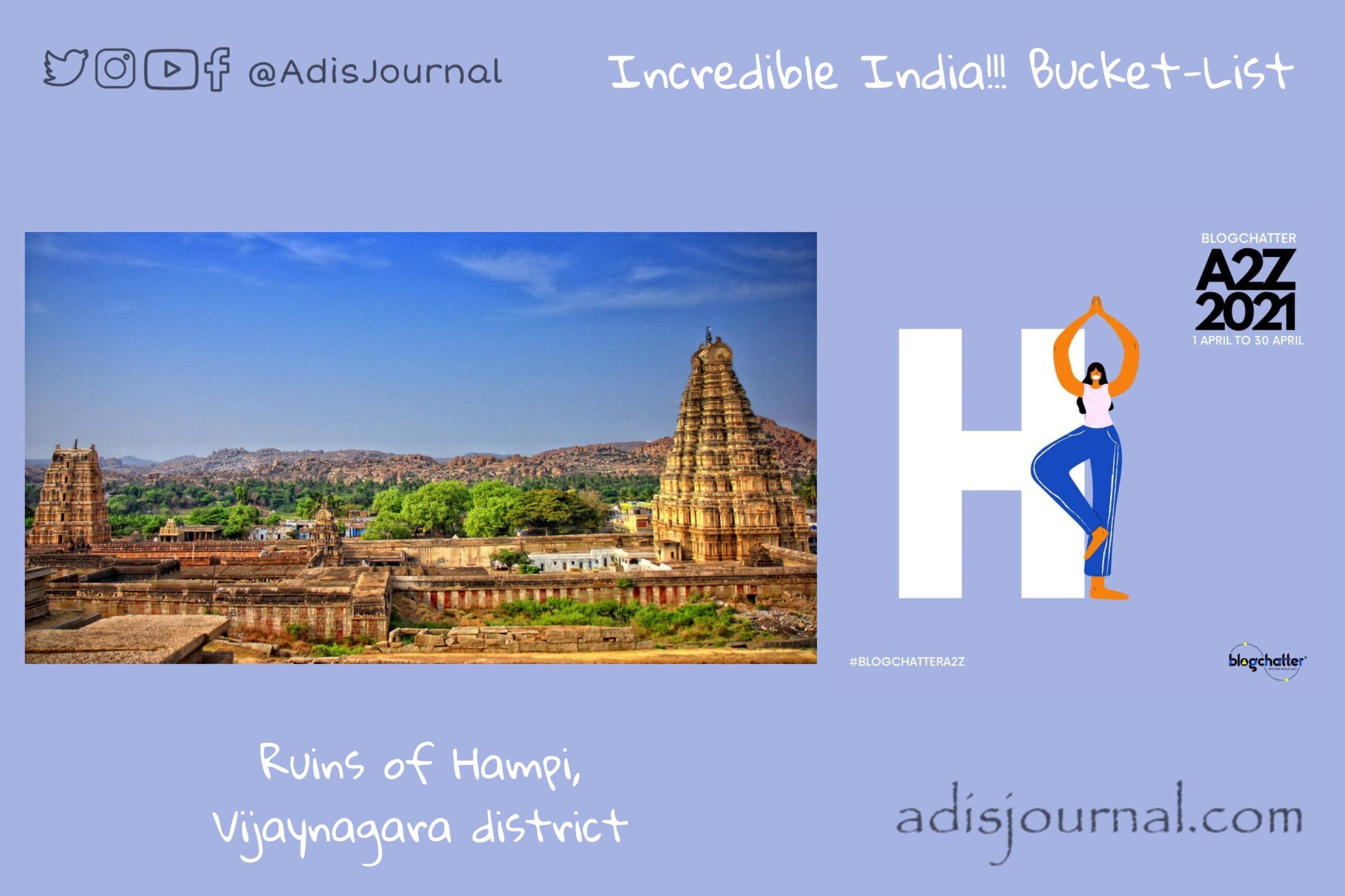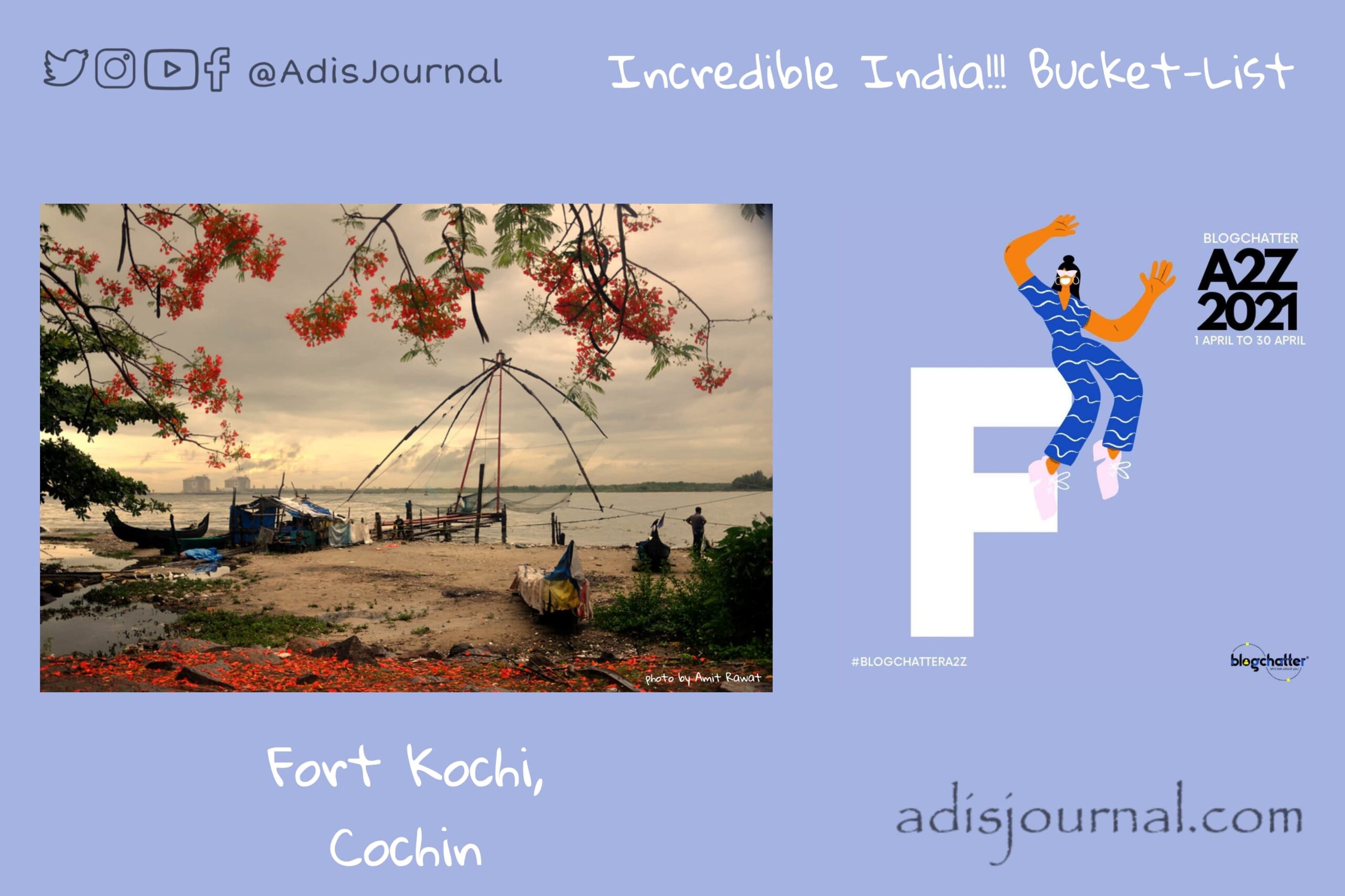
Arebian Sea, Indian Ocean and Bay of Bengal surround our country by three sides. As a result, we are blessed with more than 7500 km of coastline. Out of this vast coastline, almost half of it is sandy beaches. However, they are scattered all over the coastline. But on the coast of Bay of Bengal, in the city of Chennai, there lies a longest strip of sandy heaven. Marina Beach. We all have seen many of its aerial shots during the past week as Chepauk Stadium is hosting few matches in the current IPL season. As this COVID is keeping us away from actually being in the stadium and enjoying the beach before the match, let’s visit it virtually through our A2Z bucket-list journey.
Birth of “Marina”
Marina Beach is the longest natural beach of about 13 km length. Before construction of the Madras Harbour in 1881, the beach was just a strip of mud. Mudskippers used to be in abundance. As a result of a construction wavebreakers of harbour, the coast witnessed a transformation from muddy strip to the longest sandy heaven of India. The beach fascinated Sir M. E. Grant Duff, then Governor of Madras. He built the promenade along it and named the beach as “Madras Marina” in 1884.

A catamaran on the beach 
Chennai lighthouse, Photo by Amos777eligius Copyright CC BY 4.0 
View of the beach from the lighthouse, Photo by KARTY JazZ Copyrights CC BY-SA 4.0 
Marina Beach as seen from the Chennai Lighthouse, Photo by SlowPhoton Copyrights CC BY-SA 4.0 
Promenade leading to the lighthouse, Photo by Rasnaboy , Copyright CC BY-SA 3.0
Glory of Marina
All across the length of Marina, there are many things other than gorgeous sand and roaring sea which attract visitors. Since the independence of India several statues have been placed on the beach. You can see statues of national or local legends like Mahatma Gandhi, Vivekanand, Netaji Subhash, Annie Besent, Thiruvalluvar, Veerama Munivar, Avvaiyar, Kamraj etc. Along with these, there are statues of symbolic importance like the Triumph of Labour statue, Golden Jubilee of Independence memorial pillar and Fishermen at the Buckingham Canal statue etc.
At the northern end of the promenade, there are memorials of four former chief ministers of Tamil Nadu, C. N. Annadurai, M. G. Ramachandran, J. Jayalalithaa and M. Karunanidhi. This part of the promenade is called Anna Square. Just along the Anna memorial, there’s Lilliputian Children’s Traffic Park. There are a couple of swimming pools along the beach. Even the opposite side of the road is interesting to look at. There are buildings and institutions like the Chepauk Cricket Stadium,Dr. Annie Besant Park, the University of Madras, Queen Mary’s College, the Presidency College, Vivekananda House, All India Radio—Chennai, Inspector General of Police Headquarters, etc.
So, if you plan to go on a walk along Marina, don’t forget to checkout all the things which it has to offer.
This brings to the I am participating in A2Z challenge with Blogchatter and this is my take on ‘M‘ challenge. “M is for Marina Beach, Chennai”. You can find my other posts from this challenge here.







































